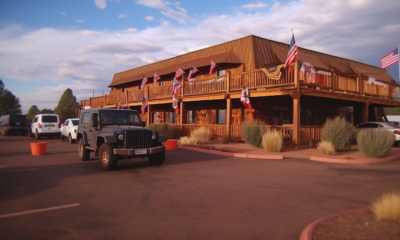Video
Discover the Grand Canyon Like Never Before – On the Skywalk Glass Bridge
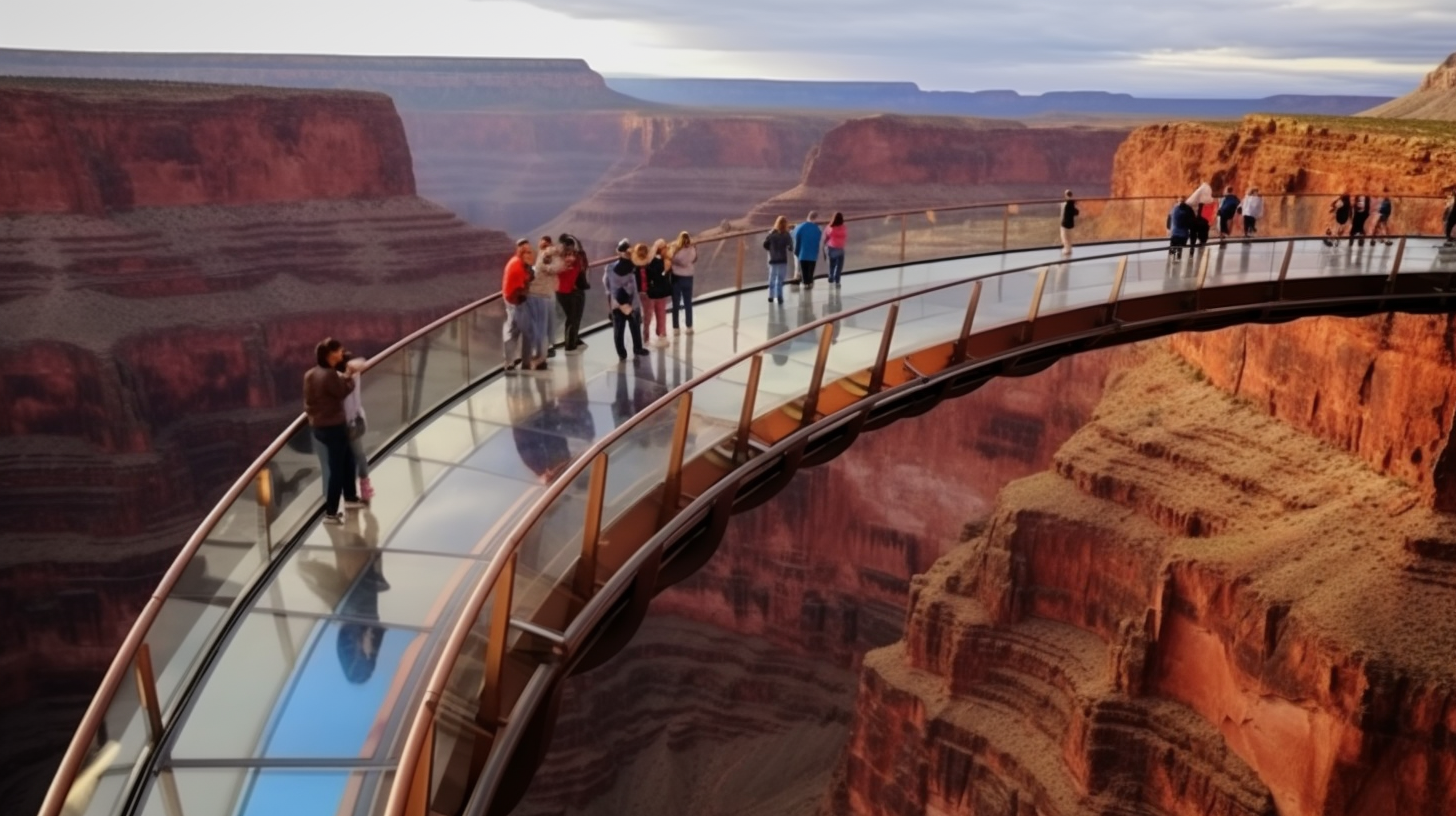
Situated at the center of the West Rim of the Grand Canyon, the Skywalk is a renowned glass bridge that should not be missed. Discover the reasons behind its reputation as an “engineering marvel” and delve into the fascinating history of Eagle Point.
Video Summary
- The Grand Canyon Skywalk is a horseshoe-shaped cantilever bridge extending 70 feet over the canyon’s edge, providing a view 4,000 feet straight down through a glass floor.
- Constructed with over 1.2 million pounds of steel and glass, it can withstand an 8.0 magnitude earthquake, wind speeds up to 100 mph, and the weight of 71 fully loaded Boeing 747s.
- The Skywalk offers unique views of the Grand Canyon, including a front-row seat to Eagle Point, a site sacred to the Hualapai tribe and named for a rock formation resembling an eagle.
- The Hualapai tribe reveres Eagle Point for its legend that an eagle warned people of a great flood, then turned to stone while watching over them from the canyon’s rim.
- Visiting the Grand Canyon Skywalk offers a singular experience of standing at the intersection of a natural wonder and a marvel of human engineering, enhancing the view of the canyon’s depths below.
Thanks for sharing this video!
Video
12 Fun Facts About The Grand Canyon Skywalk
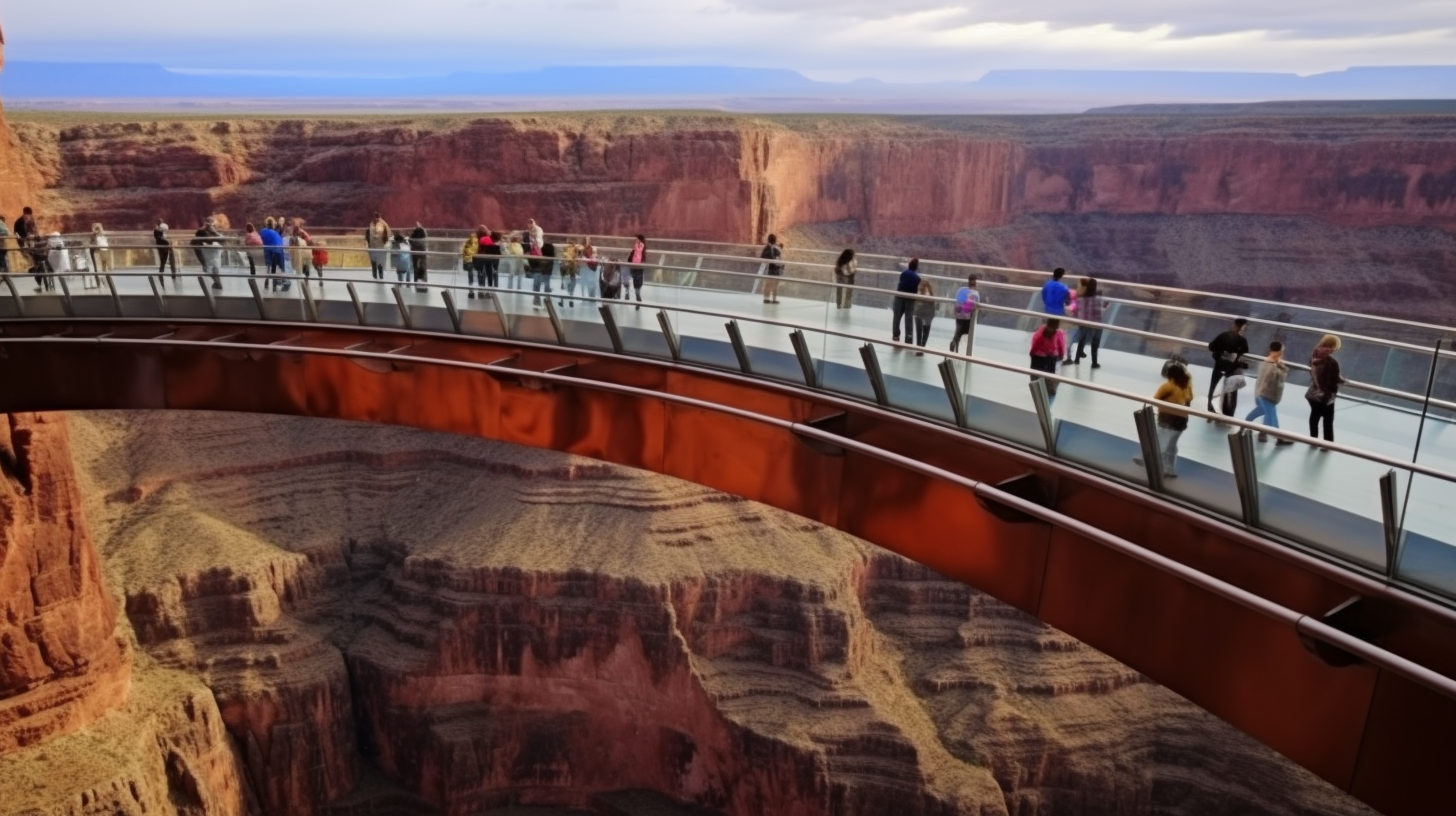
The Grand Canyon Skywalk is a breathtaking engineering marvel. Watch the video, and imagine yourself being there. You’ll be talking about your experience for the rest of your life.
The Fun Facts…
Fact 1
The Grand Canyon Skywalk is a horseshoe-shaped glass bridge that gives visitors an exhilarating view of the Grand Canyon’s West Rim.
Fact 2
It opened to the public in March 2007 and juts out about 70 feet out into the canyon.
Fact 3
The Skywalk is designed to hold the weight of seventy-one fully loaded Boeing 747 airplanes, which means it can sustain weights of over 70 million pounds.
Fact 4
The deck of the Grand Canyon Skywalk is made from five layers of Saint-Gobain Diamant low iron glass and DuPont SentryGlas. Together, these provide maximum clarity and strength.
Fact 5
The U-shaped bridge is capable of withstanding up to 100 mph winds from 8 different directions.
Fact 6
It is funded by the Hualapai Indian tribe which owns a million acres at the West Rim of the canyon.
Fact 7
This incredible engineering marvel is located at a height of 4,000 ft above the canyon floor. This is higher than any skyscraper currently in existence.
Fact 8
The Skywalk was not built from the edge of the canyon towards the center. Instead, it was constructed on top of the edge and then swung out over the open space, a feat achieved by the sophisticated precision of GPS units.
Fact 9
Contrary to misconceptions, the Grand Canyon Skywalk is not located within the boundaries of Grand Canyon National Park, but instead on the land of the Hualapai Tribe. It’s a two-hour drive from Las Vegas.
Fact 10
The entire construction and installation of the Skywalk took two years to complete, from March 2004 to March 2006.
Fact 11
The Grand Canyon Skywalk cost about $30 million to construct.
Fact 12
Many visitors find walking on the Skywalk to be a thrilling and even nerve-wracking experience due to the clear glass floor, offering a direct view right down to the canyon floor.
Thanks for sharing this video!
Video
Grand Canyon Helicopter Tours From Las Vegas

Did you know you can start a Grand Canyon helicopter tour from Las Vegas? Watch the video to see how the tour goes.
Video Summary
- The helicopter tour starts from Las Vegas, offering an exciting ride with a view of several parks, Hoover Dam, and Lake Mead before reaching the Grand Canyon.
- The participants are impressed with the beautiful views during the flight, comparing the experience to being in a movie and expressing awe at the natural beauty in the Grand Canyon.
- Once at the Grand Canyon, there is an opportunity for a picnic accompanied by champagne, allowing guests to enjoy the spectacular scenery in a relaxed setting.
- The return journey includes flying over the Las Vegas Strip, with some suggesting that the views are even better on the way back, potentially enhanced by the champagne enjoyed earlier.
- The tour is very well received, with attendees praising the impressive views, the fun experience of flying in a helicopter, and the unique opportunity to land in and experience the Grand Canyon firsthand.
Check out one of these tours yourself for the experience of a lifetime.
Thanks for sharing this video!
Video
Tusayan Arizona: Gateway To The Grand Canyon
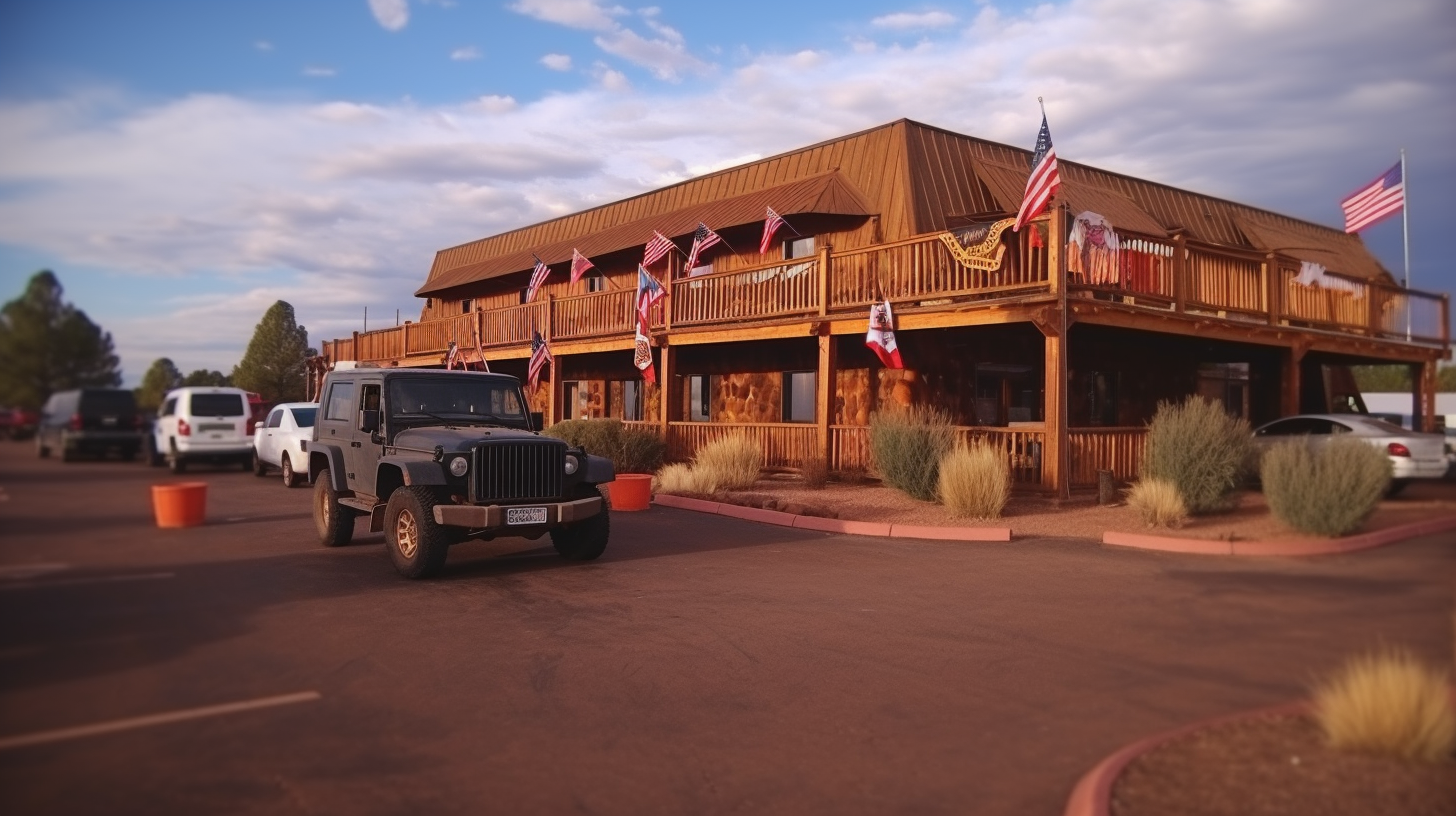
Tusayan, Arizona, is a small town just outside the entrance to the South Rim of Grand Canyon National Park. Despite its small size, it is a significant hub for visitors traveling to the Grand Canyon.
Established as a town relatively recently, in 2010, it has a range of accommodations including hotels, motels, and RV parks to cater to tourists, along with restaurants and other amenities. Visitors will often stop in Tusayan to gather supplies, dine, and rest before or after heading to the Grand Canyon.
Additionally, the town features attractions such as the Grand Canyon IMAX Theater, which provides breathtaking cinematic experiences that complement the natural wonder nearby.
The town’s proximity to the Grand Canyon makes it a pivotal location for explorations of one of the world’s most famous natural wonders, drawing in a multinational tapestry of tourists year-round. It is also close to the Kaibab National Forest, giving visitors an opportunity to explore Arizona’s diverse landscapes further.
Video Summary
- The area of Tusayan, located just south of the Grand Canyon National Park in northern Arizona, has a history dating back thousands of years, initially being inhabited by the ancestral Puebloan people from around 500 A.D to 1200 A.D, who built homes and structures in the region’s cliffs and canyons, including the Tusayan ruins which are now part of the Grand Canyon National Park.
- After the Puebloan people, the region was inhabited by the Navajo and Hopi tribes, with both having deep spiritual and practical connections to the land — the Hopi considering it sacred, and the Navajo using it for hunting and gathering.
- Spanish missionaries were the first Europeans to explore the area in the late 17th century, naming it “Tucson” after a Hopi village, a name later adopted for the entire region.
- In the late 1800s, the region became part of the United States, seeing settlements from ranchers and farmers; it further developed when the Grand Canyon was designated a national park in 1919, attracting more visitors to Tusayan.
- The town of Tusayan was established as a tourist hub for Grand Canyon visitors in the 1920s and 1930s, and today it boasts various amenities including hotels and restaurants, maintaining its status as a popular tourist destination.
Thanks for sharing this video
-
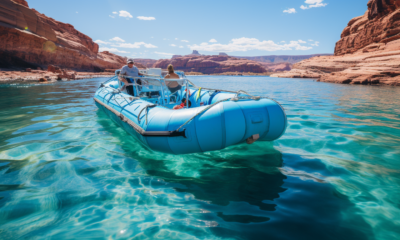
 News1 year ago
News1 year agoCalm Waters, Breathtaking Views: Discover the Grandeur of Smooth Water Rafting in the Grand Canyon
-

 News1 year ago
News1 year agoExploring the Grand Canyon: 7 Crucial Trekking Essentials
-

 Video1 year ago
Video1 year ago12 Fun Facts About The Grand Canyon Skywalk
-
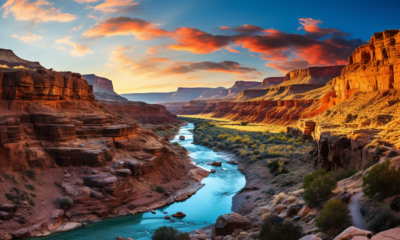
 News1 year ago
News1 year ago10 Unforgettable Hiking Routes of the Grand Canyon Perfect for Every Skill Level
-
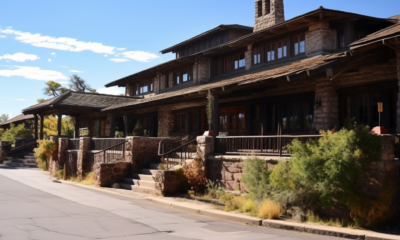
 News1 year ago
News1 year agoEnjoy Luxury and History at El Tovar Hotel Inside Grand Canyon National Park
-
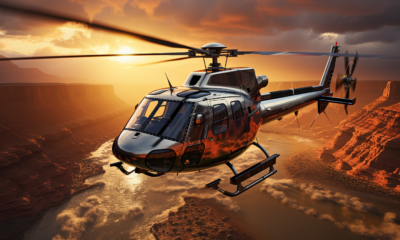
 News1 year ago
News1 year agoThe Ultimate Experience: Your Grand Canyon Helicopter Tour Awaits!
-
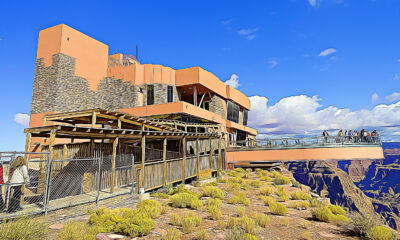
 News1 year ago
News1 year agoWalking on Air: Experience the Grand Canyon Skywalk Adventure
-

 Video1 year ago
Video1 year ago11 Activities to Experience in Grand Canyon National Park




